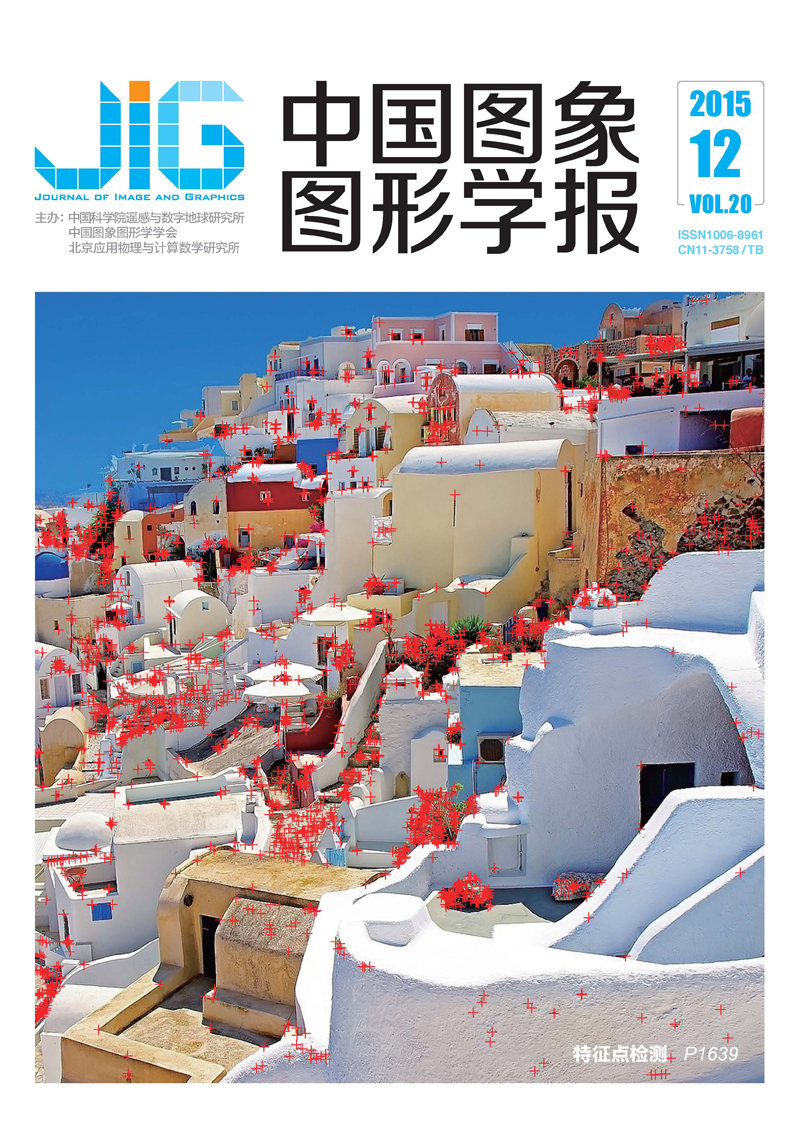
字典学习和稀疏表示的海马子区图像分割
摘 要
目的 海马子区体积极小且结构复杂,现有多图谱的分割方法难以取得理想的分割结果,为此提出一种字典学习和稀疏表示的海马子区分割方法。方法 该方法为目标图像中的每个体素点建立稀疏表示和字典学习模型以获取该点的标记。其中,字典学习模型由图谱灰度图像中的图像块构建。提出利用图谱标记图像的局部二值模式(LBP)特征增强训练字典的判别性;然后求解目标图像块在训练字典中的稀疏表示以确定该点标记;最后依据图谱的先验知识纠正分割结果中的错误标记。结果 与现有典型的多图谱方法进行定性和定量对比,该方法优于现有典型的多图谱分割方法,对较大海马子区的平均分割准确率可达到0.890。结论 本文方法适用于在大脑核磁共振图像中精确分割海马子区,且具有较强的鲁棒性,可为神经退行性疾病的诊断提供可靠的依据。
关键词
Segmentation of hippocampal subfields using dictionary learning and sparse representation
Shi Yonggang, Wang Dongqing, Liu Zhiwen(School of Information and Electronics, Beijing Institute of Technology, Beijing 100081, China) Abstract
Objective Satisfactory segmentation results of hippocampal subfields are difficult to obtain via most existing multi-atlas segmentation methods due to the tiny volume and complex structure of hippocampus. A segmentation method for hippocampal subfields based on sparse representation and dictionary learning is proposed. Method Sparse representationand dictionary learning models are constructed andpatches are extracted from registered atlases for dictionary learning to determine the label for a voxel in the target image. Besides, local binary patterns (LBP) features of labeled atlases are exploited to improve discrimination of the learned dictionary. The label for the voxel is acquired, after sparse representation of the patch in target image over the learned dictionary is solved. Finally, a correcting method is used for mislabeled voxels, according to priors of atlases. Result Quantitative and qualitative comparisons demonstrate that the proposed method, which achieves an average Dice Similarity Coefficient (DSC) of 0.890 for the larger hippocampal subfields, outperforms typical approaches based on multi-atlas. Conclusion The proposed method is suitable to segment hippocampal subfields from MR brain image with higher accuracy and robustness, which provides a favorable basis for the diagnosis of neurodegenerative diseases.
Keywords
segmentation of hippocampal subfields sparse representation dictionary learning multi-atlas local binary patterns patch
|



 中国图象图形学报 │ 京ICP备05080539号-4 │ 本系统由
中国图象图形学报 │ 京ICP备05080539号-4 │ 本系统由